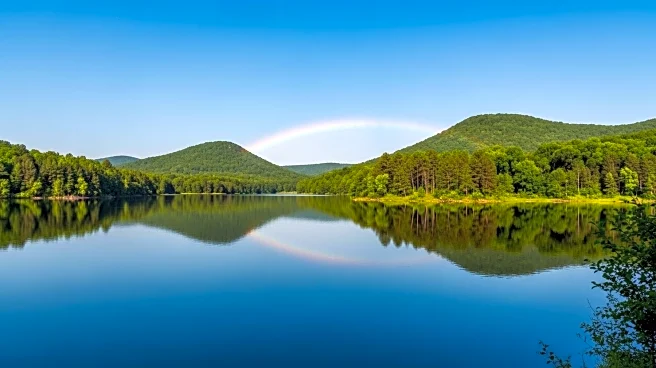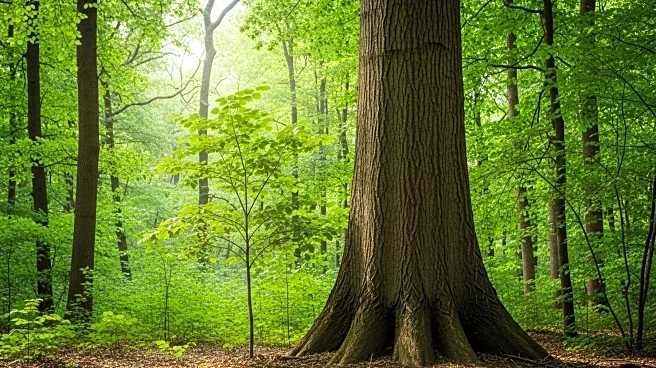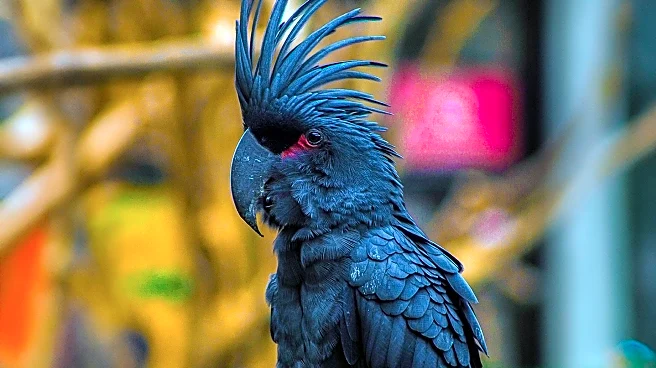What is the story about?
Oklahoma's ecology is characterized by its diverse landscapes and rich biodiversity. The state's natural environment ranges from the Great Plains to the Ozark Plateau, offering a variety of habitats and ecosystems.
Habitat or Environment
Oklahoma's habitat is diverse, with regions ranging from semi-arid high plains to lush forests and wetlands. The state's geography includes the Great Plains, the Ozark Plateau, and the Ouachita Mountains, each offering unique ecological features. This diversity supports a wide range of plant and animal species, contributing to Oklahoma's rich biodiversity.Interactions and Dependencies
The interactions and dependencies within Oklahoma's ecosystems are complex, with various species relying on each other for survival. The state's rivers and lakes provide important habitats for fish and aquatic life, while its forests and grasslands support a variety of wildlife. These ecosystems are interconnected, with changes in one area potentially impacting others.Conservation or Status
Conservation efforts in Oklahoma focus on preserving its natural landscapes and protecting its biodiversity. The state is home to several wildlife refuges and conservation areas, such as the Wichita Mountains Wildlife Refuge and the Tallgrass Prairie Preserve. These areas play a crucial role in protecting endangered species and maintaining ecological balance.Human Impacts
Human activities have had significant impacts on Oklahoma's ecology, particularly in terms of land use and resource extraction. The state's energy production, agriculture, and urban development have altered natural habitats and ecosystems. However, efforts to promote sustainable practices and conservation initiatives aim to mitigate these impacts and preserve Oklahoma's natural heritage.AI Generated Content
Do you find this article useful?
















